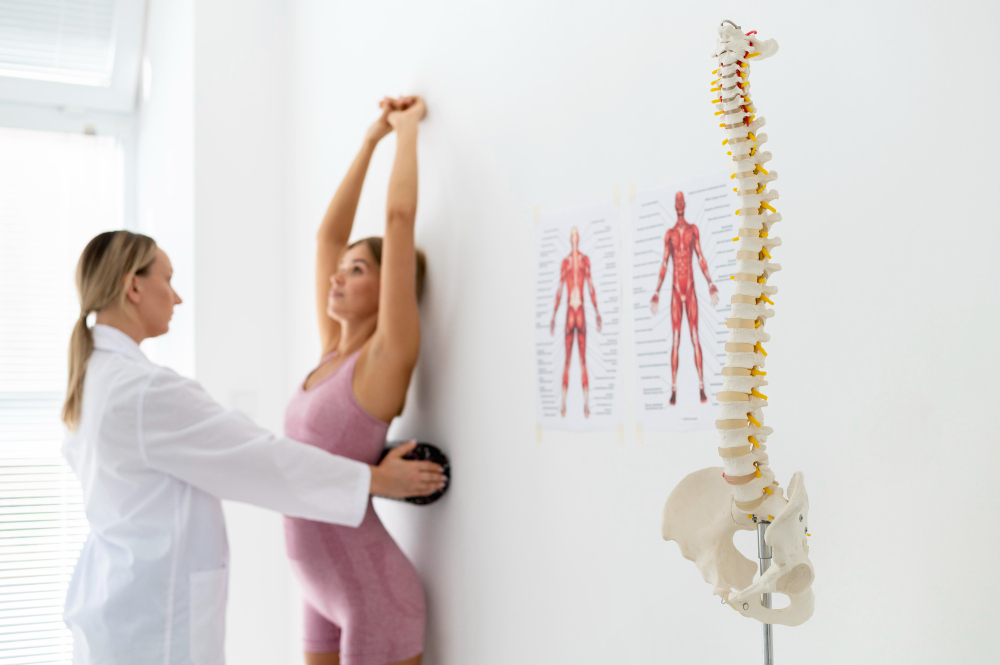Introduction to Scoliosis and Kyphosis
Many people hear about scoliosis vs kyphosis but may not know the differences. Both are types of spinal curvature. However, they affect the spine in different ways. In the United States, these conditions are common reasons for back pain and visits to orthopedic care specialists. According to the World Health Organization (WHO), early detection helps improve spine health and quality of life.
Key Differences Between Scoliosis and Kyphosis
Although both scoliosis and kyphosis involve abnormal curves in the spine, they are not the same. Understanding these differences can help you spot signs early. For example, scoliosis is a sideways curve, while kyphosis is a forward curve.
Common Symptoms
Both conditions can cause discomfort. Yet, their symptoms often differ. Early signs may be mild, so regular check-ups are important. Here are some common symptoms:
Causes and Risk Factors
Several factors can lead to scoliosis or kyphosis. Sometimes, the cause is unknown. Still, knowing the risk factors can help you stay alert. According to the Centers for Disease Control and Prevention (CDC), these are some common causes:
Diagnosis Methods
Doctors use several methods to diagnose scoliosis and kyphosis. Early diagnosis can lead to better outcomes. If you notice any symptoms, see a healthcare provider. Common diagnosis steps include:
Treatment Options
Treatment depends on the type and severity of the spinal curvature. Many people benefit from early care. Orthopedic care specialists may suggest:
According to peer-reviewed medical journals, most people do not need surgery. However, following your doctor’s advice is important for spine health.
Prevention and Lifestyle Tips
While not all cases can be prevented, healthy habits support your spine. For example, good posture and regular exercise help keep your back strong. Here are some tips:
Conclusion
In summary, knowing the differences between scoliosis vs. kyphosis can help you spot early signs. Both conditions affect spinal curvature and may cause back pain. However, with early diagnosis and proper orthopedic care, most people manage symptoms well. If you have concerns about your spine health, consult Dr. Shekhar Reddy, an orthopedic specialist, for personalized advice.



